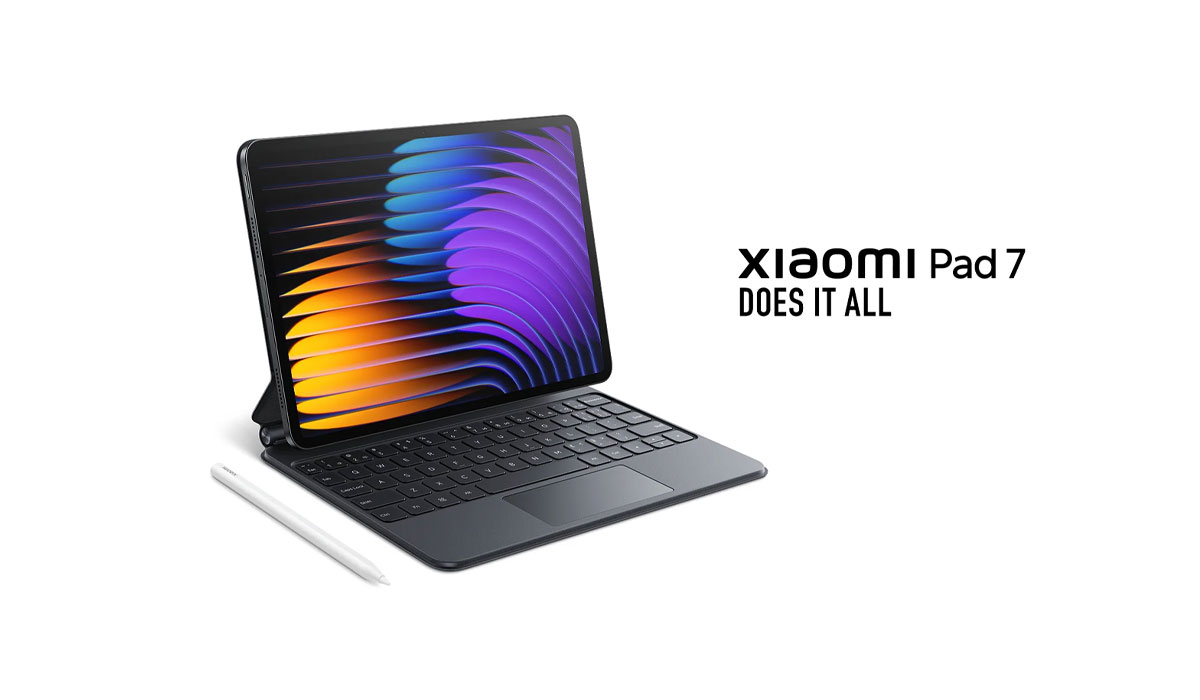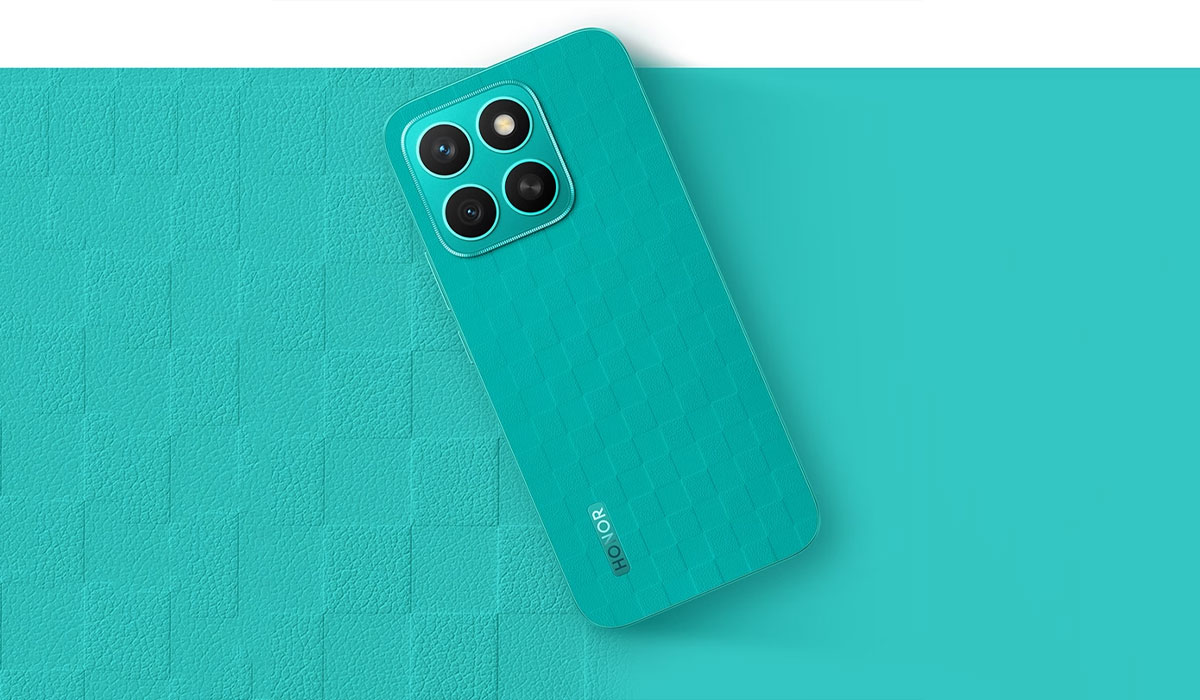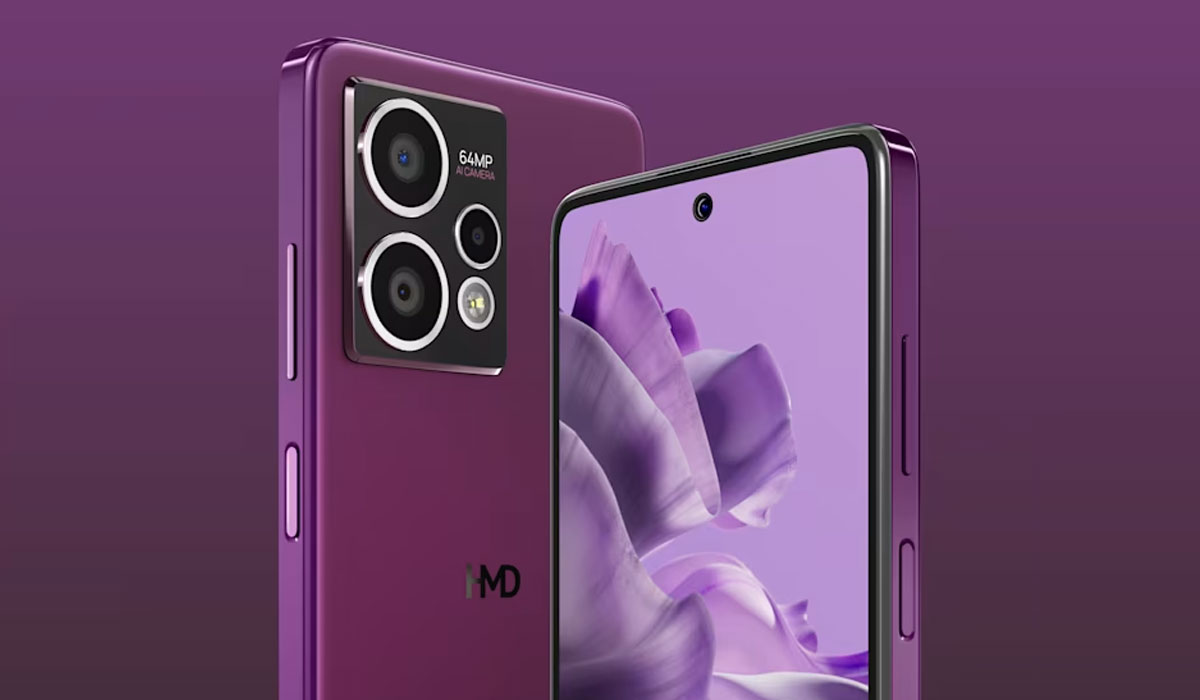The Redmi K20 Pro that was unleashed in the 3rd quarter of 2019 managed to take the entire world by storm. With its mind-boggling specifications and unworldly pricing, its managed to etch its name in the history as the “Monarch of mid-rangers”.
I may have exaggerated a little, but I guess most people wouldn’t disagree with me, would they now? But nothing lasts forever and just like that, the king’s reign has to come to an end as well. Now, the question that remains is “Who’s next in line?”
So, let’s get a closer look at all the exciting features of K30.
Redmi K30 4G & 5G Variant Analysis
First and foremost, the K30 is available in 2 distinct variants. One is specifically designed with Snapdragon 765 processor for 5G capabilities. While the other comprises of a Snapdragon 730/730G processor with 4G support only. There’s just one other attribute that differentiates the two variants, which we will talk about in a little while. Moving over to the specifics,
Design
Now, the K30’s external layout seems to have changed quite a bit. The rear now features a circular halo that encloses a vertical quad camera setup. Over to the front, the all-display setup has been replaced by a pill shaped dual camera module. Xiaomi mentioned in the launch event, that the all-display setup was removed for further durability.
Also, a side-mounted fingerprint scanner has replaced the in-display fingerprint scanner due to one particular reason- an IPS LCD screen.
Display
Yup, you heard right. The K30 replaces the AMOLED screen setup from K20 by a 6.67” IPS LCD capacitive screen. But hey, don’t get upset yet, the screen maybe an IPS LCD panel but it’s got a 120Hz refresh rate which makes the setup quite appealing for now.
Internals
The 4G variant comes with the gaming-oriented Snapdragon 730G processor with 2 major cores clocked at 2.2Ghz and the rest at 1.8Ghz. While, the 5G variant comes with a Snapdragon 765 chipset with all 8 cores at high 2.4Ghz! The processors are paired with 6/8GB RAM alongside 64/128/256GB internals.
On the software front, both the devices will be getting Android 10 with MIUI 11 on top. As for biometrics, the in-display fingerprint sensor is gone and a side-mounted scanner is placed, which maybe a little less gimmicky but fast and accurate nonetheless.
Camera
The camera side is where things get a little bit interesting. The rear halo shaped design encloses a vertical quad camera array with the primary sensor, the new 64MP Sony IMX 686 sensor. The sensor still uses pixel binning technology whereby 4 pixels are combined to improve low-light photography. The sensor is a little larger which allows more intake of light thus could make up for better photos altogether.
Following that, is the regular 8MP with a 120° FOV, a 2MP dedicated macro camera and a 2MP depth sensor with the exclusion of a telephoto lens this time around. The frontal pill setup encases a 20MP selfie camera with a 2MP depth sensor for portrait shots.
Battery

Redmi K30 Pricing, Thoughts, and Availability
All in all, the phone is quite amazing. Though, a thing or two about the phone is quite perplexing. For instance, the IPS LCD screen doesn’t quite fit the K30 image but the 120Hz screen seems to make it somewhat better.
The camera array seems a lot better but the exclusion of telephoto lens somehow leaves an unfilled empty void, I think. Maybe I’m just being a little paranoid. Well, whatever it is, it will surely be solved when I get my hands on the device.
Speaking of getting my hands on the device, I don’t know the exact date and timing for the launch of the device. But my gut tells me that it’ll be here quite soon. For now, check out the pricing of devices:
Redmi K30 4G Prices
| Model | Variant | Price (CYN) | Price (~NPR) |
| 4G | 6/64 | 1,599 | 26,000 |
| 4G | 6/128 | 1,699 | 27,400 |
| 4G | 8/128 | 1,899 | 30,600 |
| 4G | 8/256 | 2,199 | 35,400 |
Redmi K30 5G Prices
| Model | Variant | Price (CYN) | Price(~NPR) |
| 5G | 6/64 | 1,999 | 32,300 |
| 5G | 6/128 | 2,299 | 37,100 |
| 5G | 8/128 | 2,599 | 41,900 |
| 5G | 8/256 | 2,899 | 47,000 |
Well, that’s all about the device for now. What do you think about the device? Are you as confused about the device as I am? Do let us know your thoughts on the comments down below.
-
Xiaomi Pad 7 Launching in Nepal Soon: Best iPad Alternative?HIGHLIGHTS Xiaomi Pad 7 price in Nepal could be Rs. 44,999 (8/128GB) and Rs. 49,999…
-
Honor X8c with 120Hz Display Launched in Nepal with an Early Bird OfferHIGHLIGHTS Honor X8c price in Nepal is Rs. 33,999 (8/512GB). It is powered by the…
-
HMD Crest Max 5G Launching Soon in Nepal – Now Even BetterHIGHLIGHTS HMD Crest Max 5G price in Nepal could be Rs. 21,999 (8/256GB). This phone…













